In searching for images of people I’m writing about for my Substack, I keep coming across ‘Atelier Nadar’, a photographic studio that was quite popular during the 19th and 20th centuries. So, I felt compelled to go down that rabbit hole this week to find out more.
I just learned a new French phrase - touche-à-tout - jack-of-all-trades.
This is how Félix Tournachon, the founder of Atelier Nadar, is described. He started out as an illustrator and caricaturist, lithographic artist, journalist, and hot-air-balloon enthusiast — until he landed on photography in 1854 and built a studio under the pseudonym Félix Nadar.
At first, he took portraits of his friends and as he gained popularity, his atelier became the number-one place to get one’s portrait taken.
Here are just a few of the many, many people Nadar photographed over the years:
Alexandre Dumas
You know Alexandre Dumas, the author of The Three Musketeers and The Count of Monte Cristo? He became friends with Nadar because his father Victor published Dumas’ books. Félix and Alexandre were great friends.
Sarah Bernhardt
Sarah Bernhardt was like the Juliette Binoche or Isabelle Huppert of her day in terms of popularity. Well, actually, she was probably even more popular - she was probably the world’s first mega-celebrity. She was the darling of the Paris theater scene with a taste for eccentricity.
Other theater actors
You have to remember that the theater was a major form of entertainment during this period, and Paris was home to plenty of well-known actors. Many of Nadar’s portraits were of stage performers dressed in character:
Viollet-le-Duc
In case this name isn’t familiar, Eugène Viollet-le-Duc was a notable architect in France. One thing he’s most known for was creating the spire on top of the Notre Dame Cathedral (which was destroyed in the 2019 and painstakingly rebuilt). He also undertook the restoration of the gorgeous medieval castle in Carcassonne (I wrote about this before - click here).
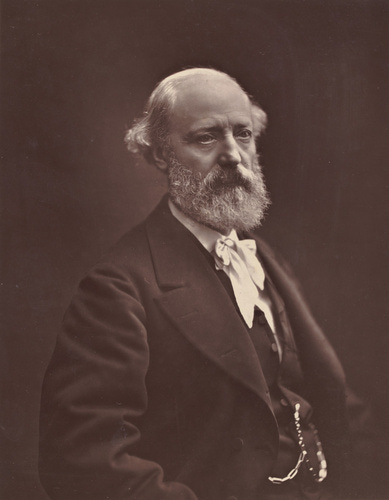
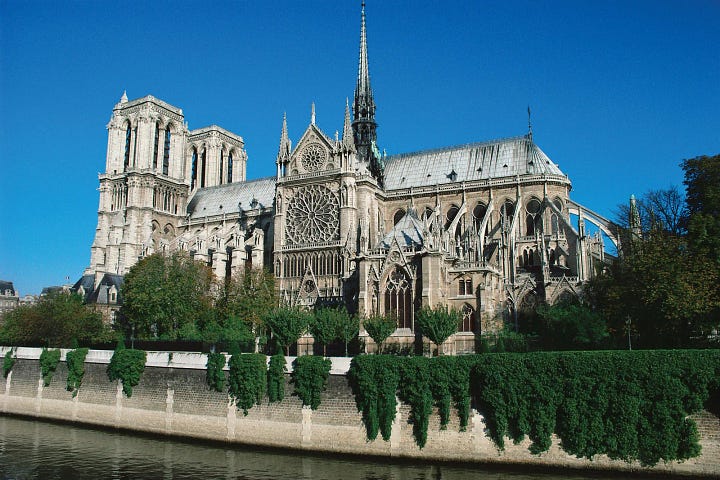
Eugène Delacroix
Delacroix was a renowned French Romantic artist, said to be one of the last of the ‘old Masters’. His most famous painting is ‘Liberty Leading the Way’ which depicts the passion and determination of the people during the 1830 revolution in France. It is on display at the Louvre Museum.
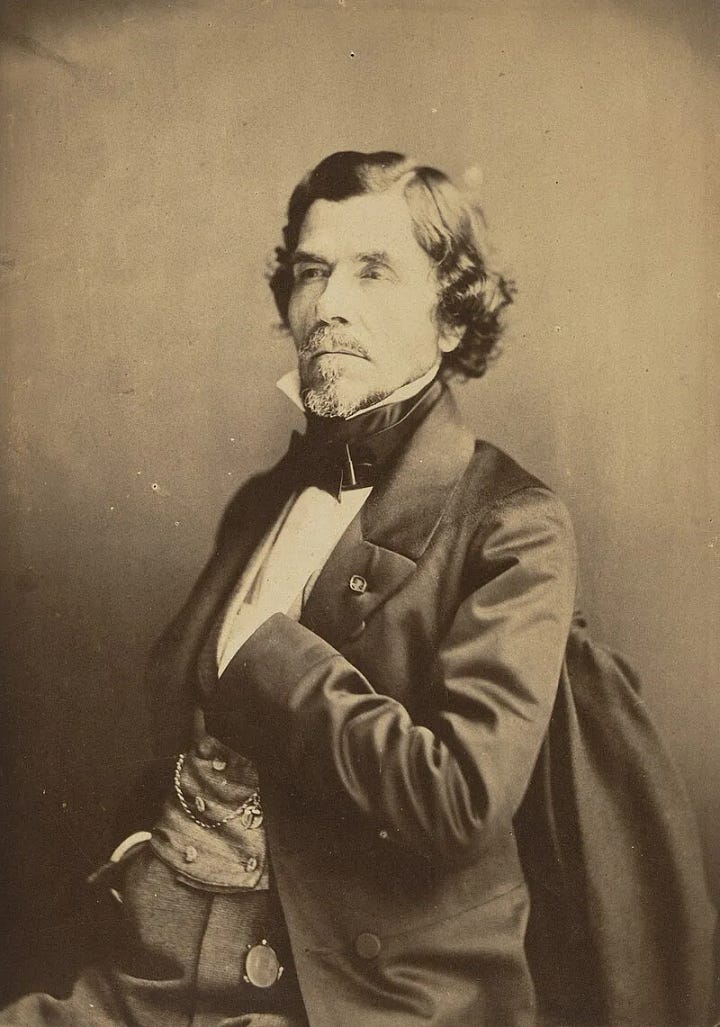

Nadar is said to have had an extraordinary talent for entertaining people in the studio by telling stories or having animated conversations with them:
The sympathetic quality of Nadar’s attention, his seductive energy, his jokes and stories, all served his photography, which he understood to be a private theater of personality, a stage for intimate, extemporaneous, collaborative performances between himself and his trusted companions. - Essay from The Metropolitan Museum (NY)
In 1860, he moved to a much larger studio, located inside a building with a beautiful glass front and a giant version of his signature in red. (As shown in the image at the top.) This one was located on one of the Grands Boulevards, very prominently situated. He had a penchant for using artificial lighting to his advantage and using his creative chops to come up with dazzling portraits of various figures.
Something I discovered was Nadar’s role in promoting the work of some very well-known Impressionist artists who were rejected from the Salon de Paris. (For context, the Salon was a who’s-who of art society and if your work was chosen, you were a Chosen One. It was a very big deal.)
And you wouldn’t believe who was among the list of those rejected:
Edgar Degas
Claude Monet
Pierre Auguste Renoir
Paul Cézanne
Berthe Morisot
Alfred Sisley
Camille Pissarro
So, in the spring of 1874, Nadar held his own exhibition at his studio that included works from 39 artists. He obviously had an eye for talent because if you know anything about French Impressionism, that list above includes many of the greats.
In the late 19th century, Félix’s son Paul would devote himself to taking up the helm of the family business. Félix relocated to Marseille where he opened a smaller studio, before eventually returning to Paris. He died in 1910, with Paul continuing the photography studio for many years until his own death in 1939.
Sources:
Exposition at Bibliotheque Nationale de France: Les Nadar
BnF Video about Nadar (French) | Facebook






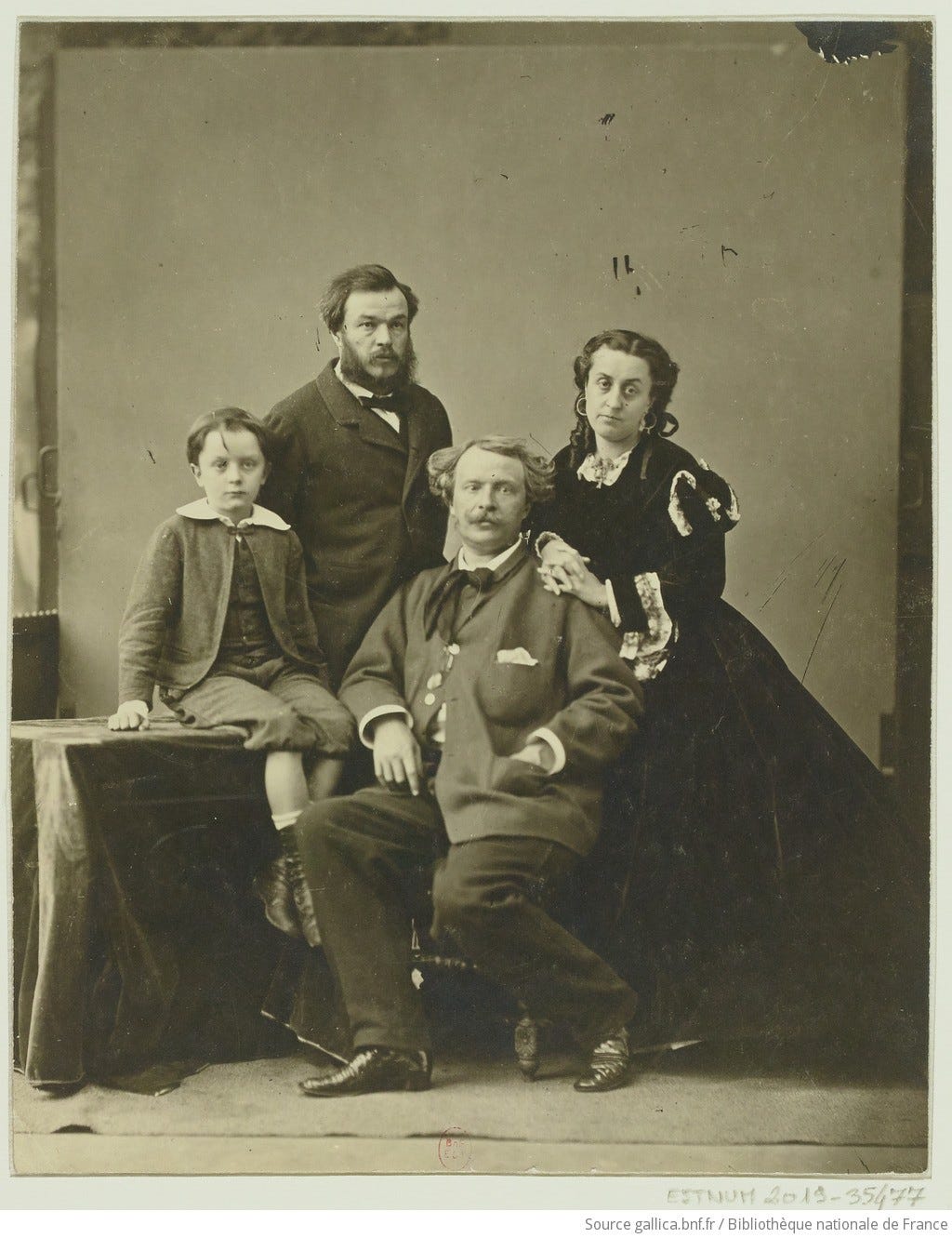
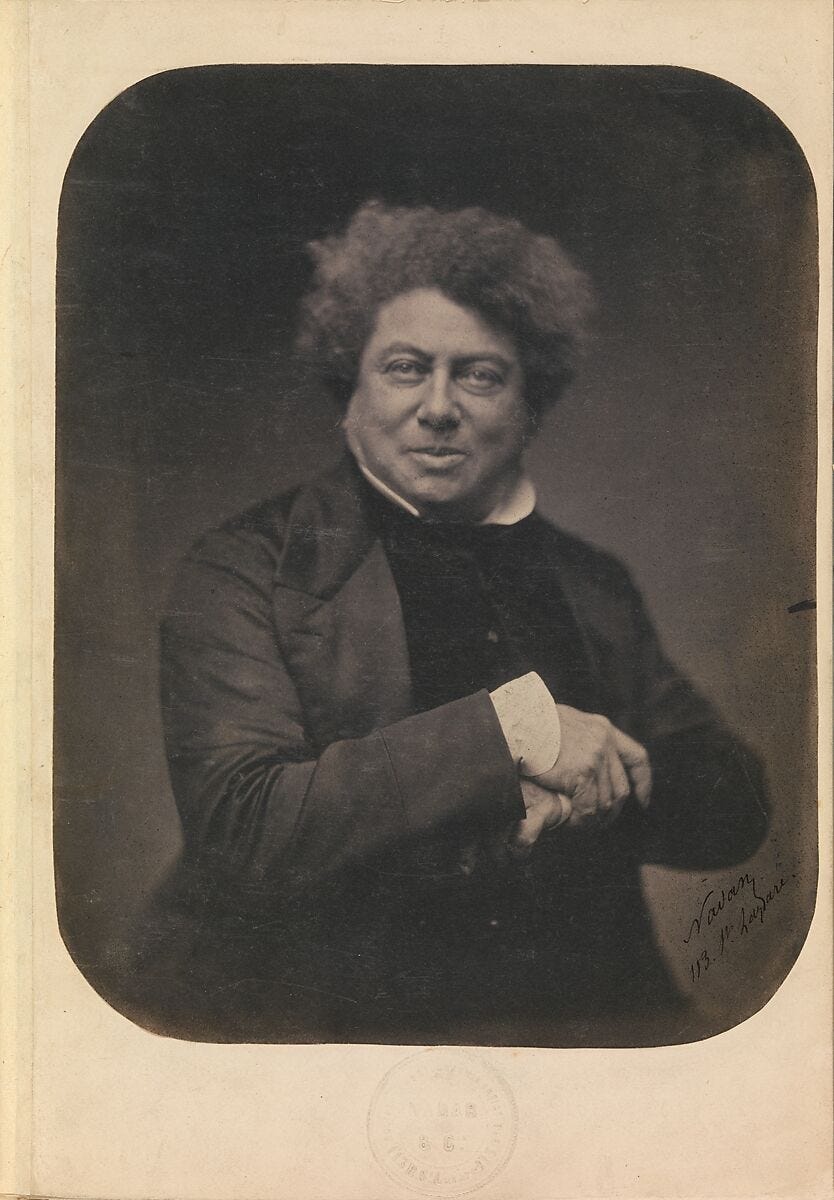
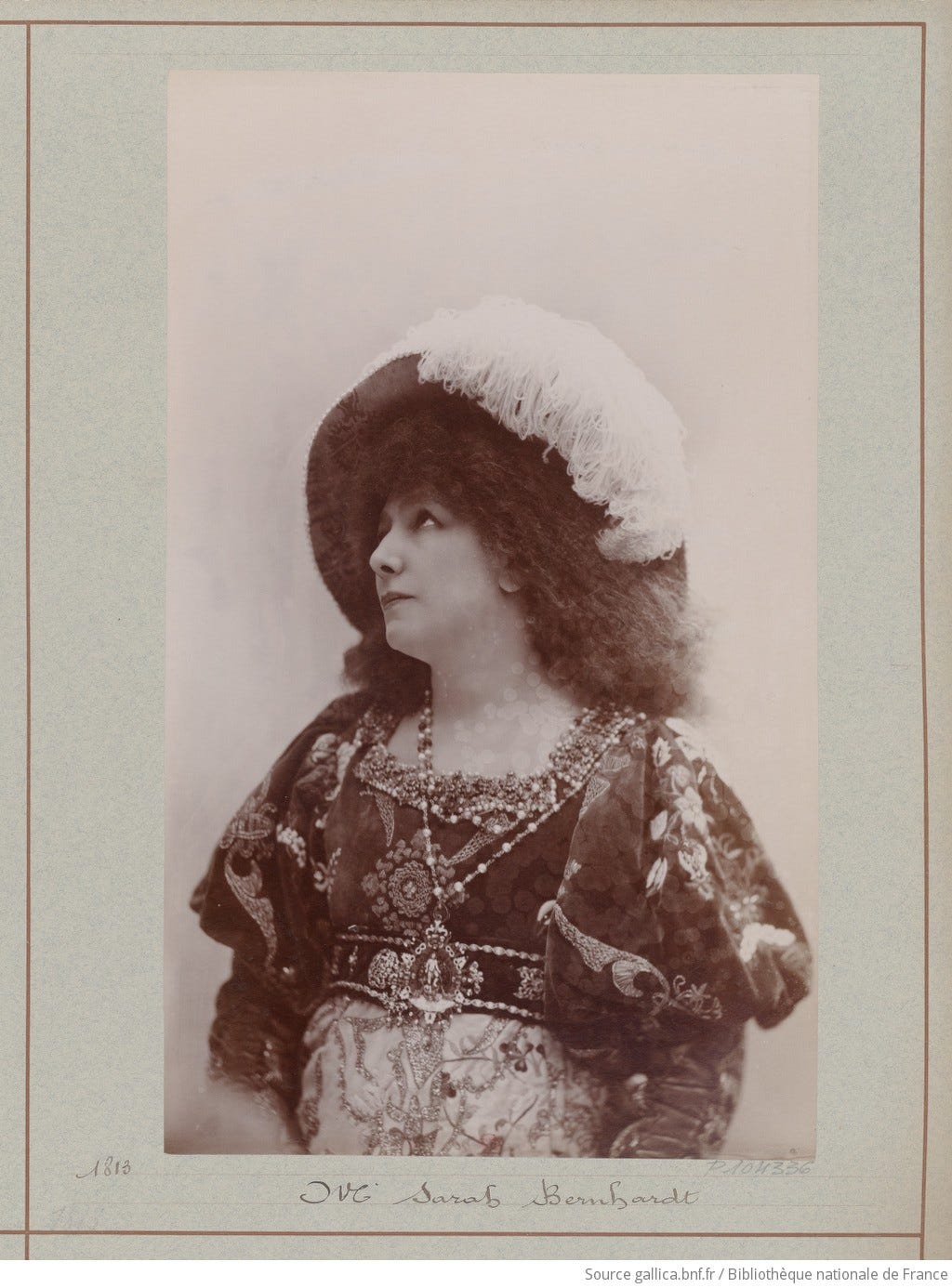
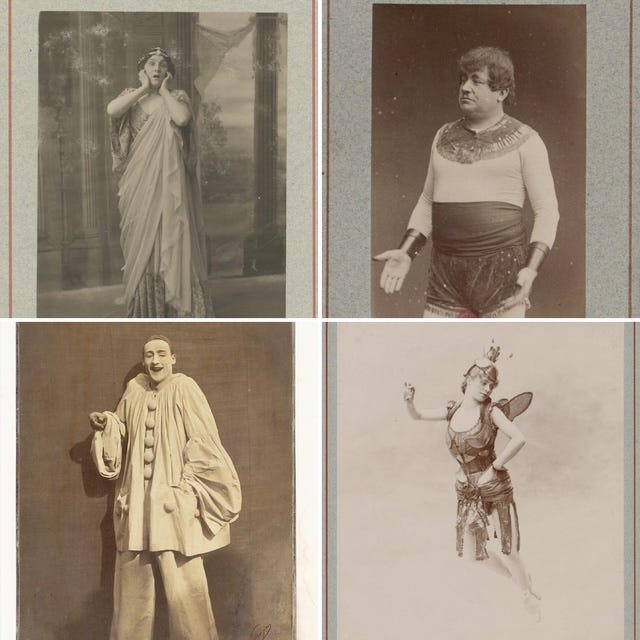

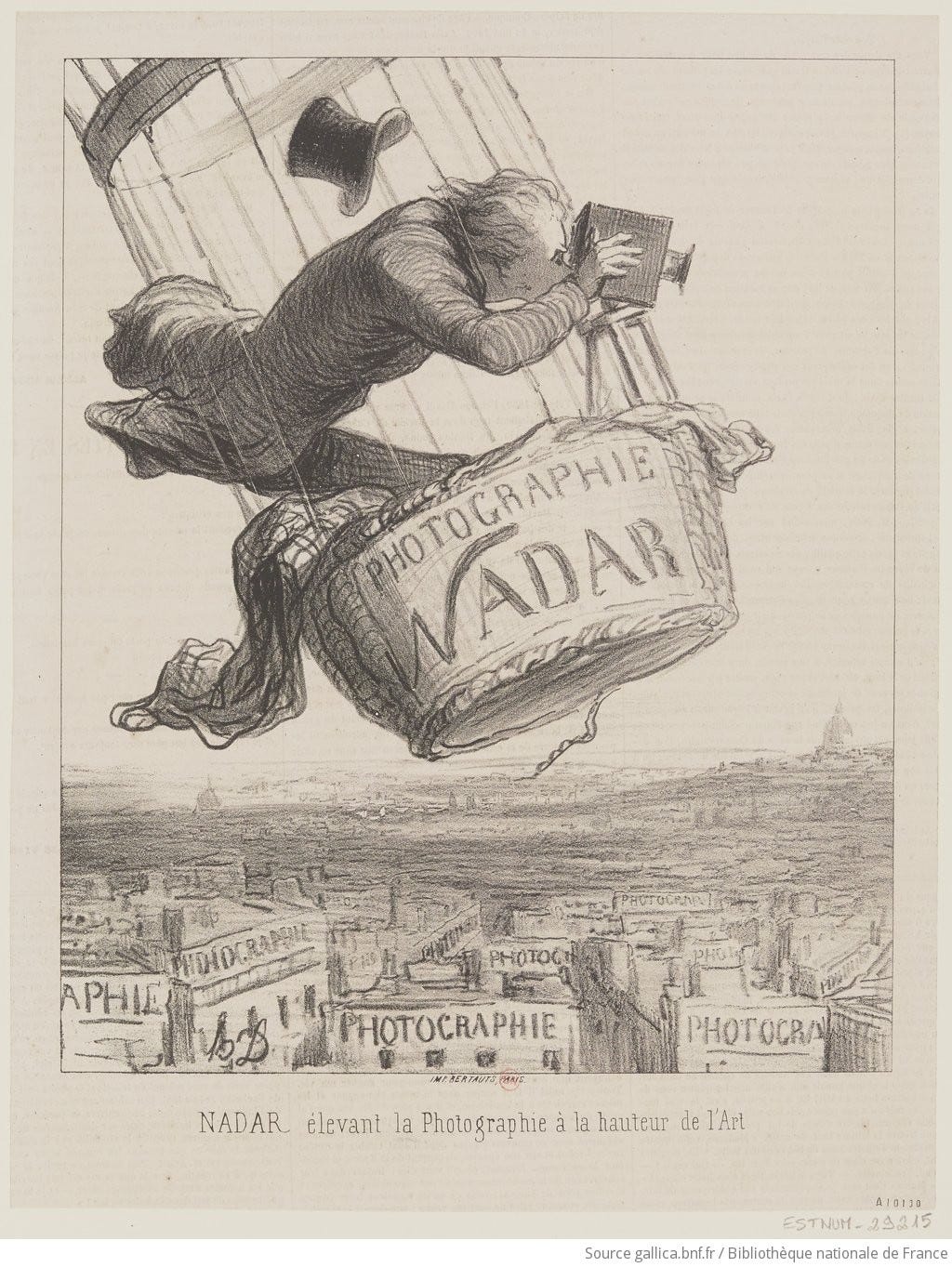


I love this deep dive into Nadar! He is such a quirky and interesting figure. A little while ago I stumbled upon a Monet painting depicting the view from Nadar's studio, I'll link it below--thought it was kinda cool to see the connection!
https://en.wikipedia.org/wiki/Boulevard_des_Capucines_(Monet)#/media/File:Claude_Monet,_1873-74,_Boulevard_des_Capucines,_oil_on_canvas,_80.3_x_60.3_cm,_Nelson-Atkins_Museum_of_Art,_Kansas_City.jpg
Another fantastic article. I had heard or seen the name and vaguely associated it with photography, but I didn't know anything else.